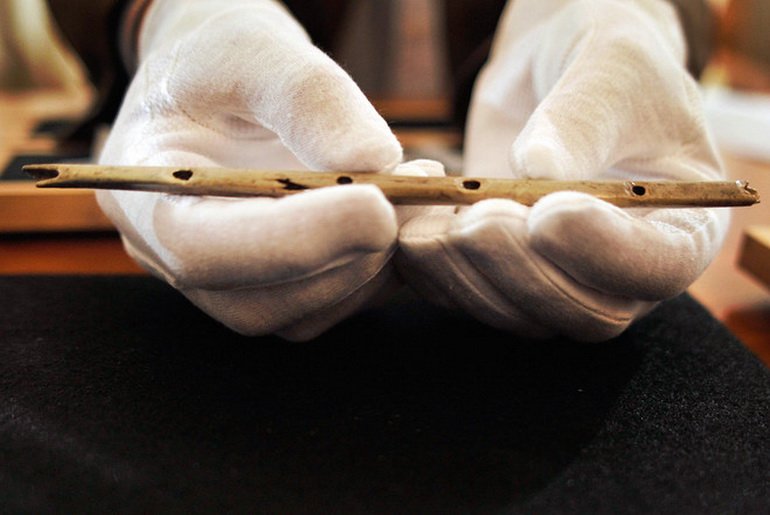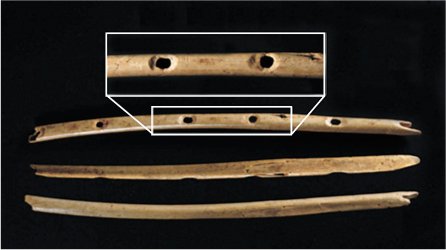BY DIMOSTHENIS VASILOUDIS
The fascinating field of archeology continually offers glimpses into our shared past. These windows into bygone eras can take many forms, ranging from monumental structures, intricate artifacts, to small but significant objects. One such object is the Idalion Tablet, an artifact of great importance that has significantly contributed to our understanding of the ancient world.
The Idalion Tablet, found in modern-day Cyprus, is a bronze tablet inscribed with a long and complex legal agreement from the 5th century BC. The intricacy of the text and its condition have positioned it as a critical resource for the study of ancient Cypriot society and language, and it provides valuable information about the political, legal, and social practices of its time.
A peasant from the Cyprus village of Dali first came across the tablet in 1850. It was preserved in the old official treasury of the temple of Athena on the western acropolis of Idalion. Honoré Théodoric d'Albert de Luynes bought it, and in 1862 he gave it to the Bibliothèque Nationale de France. It is currently held in Paris' Cabinet des médailles. The Idalion bilingual was discovered in 1870, but the script was not decoded until later.
It has a particularly significant role to play in the history of the Cypriot kingdoms. A reward is given to a family of doctors who provided free medical care for the casualties when the city was besieged by the Persians and the Kitians in 478–470 BC. It is engraved on both sides with a lengthy inscription that records a contract entered into by "the king and the city" and records the contract. It provides information about the socioeconomic and political climate at the time of the war. The combined decision made by the monarch and the populace demonstrates the city's democratic nature, which is based on Greek ideals. It also describes the first known social assistance system.
The Historical Context of Idalion Tablet
The Idalion Tablet was found in the ancient city of Idalion, one of the ten city-kingdoms of Cyprus, during the 1st millennium BC. Idalion flourished thanks to its advantageous geographical location and the rich copper deposits in its vicinity. It was here that the tablet was discovered in the 19th century, revealing a wealth of information about the complex societies that inhabited the area in ancient times.
Author Poulpy
The Content of the Idalion Tablet
The Idalion Tablet is written in the Arcadocypriot dialect, a form of the ancient Greek language, providing an invaluable reference for linguistic studies. The script used is the Cypriot syllabary.
The text inscribed on the tablet is a legal contract that outlines the agreement between the city's government and a group of doctors. According to the contract, the city commissioned these physicians to provide medical services to injured workers in the city's copper mines. The agreement specifies the compensation for the doctors and stipulates that they should bear the cost of unsuccessful treatments.
The fact that this agreement was inscribed in bronze, a costly material, underscores its importance. It also indicates the high value ancient Cypriots placed on both legal contracts and medical services, revealing much about their society and civilization.
the Mysterious Cypriot Syllabary
The Cypriot syllabary is a deciphered syllabic script used in Iron Age Cyprus from around the 11th to the 4th centuries BC, with the earliest known example found on a clay tablet dating back to the 11th century BC. The script was deciphered in the 19th century by George Smith due to the Idalion bilingual. The script is descended from the Cypro-Minoan syllabary, which was used on the island during the Late Bronze Age; the latter is thought to have descended from Linear A and unquestionably is a member of the group of Aegean scripts.. Unlike its predecessor, the Cypriot syllabary was deciphered in the 19th century, primarily through its usage in writing the known ancient Greek language in its Arcadocypriot dialect, which was spoken in Cyprus at the time.
The Cypriot syllabary consists of 56 signs. Each sign generally stands for a syllable in the form of "(consonant) + (vowel)" or "(vowel)", but there are some exceptions to this rule. While the language written in this script was primarily Greek, there were also inscriptions made in the native Cypriot languages, Eteocypriot and Eteo-Cretan. Moreover, a Greek and Eteocypriot bilingual inscription was discovered in Amathus. The Cypriot syllabary was eventually replaced by the Greek alphabet, which was introduced to Cyprus after its annexation by the kingdom of Macedonia in the 4th century BC.
The Significance of the Idalion Tablet
Several factors contribute to the Idalion Tablet's significance in archaeological and historical research.
First, it serves as an important linguistic resource. The tablet is one of the few surviving documents written in the Arcadocypriot dialect, which allows researchers to study the nuances of this ancient form of Greek and its evolution. From its discovery until today, a series of scholars published and commented extensively on its text, thus contributing substantially not only to its interpretation, but also to the development of research on the Cypriot syllabary and the history of ancient Cyprus
Secondly, it offers a unique insight into the legal and social practices of ancient Cypriot society. The content of the contract highlights the organization and structure of their society, shedding light on their legal systems, occupational structure, and social values.
Thirdly, the tablet provides valuable evidence of early medical practice and the role of physicians in ancient societies. The fact that the doctors were held accountable for the effectiveness of their treatments speaks volumes about the sophistication of ancient medical ethics and their progressive approach to patient care.
In conclusion, the Idalion Tablet is not just an artifact; it is a testament to a civilization and its practices, capturing a fragment of the rich tapestry of human history in its inscriptions. This ancient piece of bronze continues to be a crucial link between the present and the past, enlightening scholars and enthusiasts alike with its tale of a bygone era. It stands as a powerful reminder of the complexity of ancient societies, inviting us to delve deeper into our shared past, understand our roots, and comprehend the journey of human civilization.












